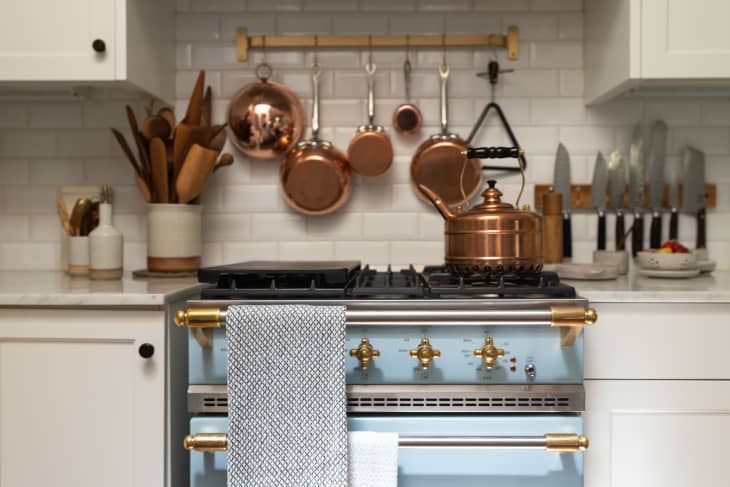What’s the Deal with Reactive (and Nonreactive) Cookware?
Every once in a while, you likely come across a recipe that specifies using either a reactive or nonreactive pot. And maybe this makes you scratch your head and struggle to remember 10th grade chemistry class. Something about ions? Or electrons? Eh, don’t worry about it! We’ve got it figured out and can help.
Nonreactive vs. Reactive Pans
The terms “reactive” and “nonreactive” are referring to the type of metal from which your pot or bowl is made. Aluminum, cast iron, and copper are all “reactive.” Stainless steel, ceramic, glass, and metal cookware with enamel coating are all “nonreactive.”
Foods cooked in reactive pots will often pick up a metallic flavor and sometimes turn funny colors (this usually happens with very acidic or very alkaline foods). For example, whipped egg whites can develop gray streaks and tomato sauce might start to taste tinny.
The chemical reactions that cause these things take a little while to happen, so you don’t really need to worry if you’re just doing a quick sauté or using aluminum bowls to prep ingredients. But if you’re cooking a slow-simmered sauce or preparing something with very delicate flavors, then you might want to find a nonreactive pot to use. These are also the reasons why a recipe might specifically tell you to use a nonreactive pan.
As you can probably guess, nonreactive cookware doesn’t react with food at all. You never have to worry about using it in the kitchen. The downside is that it’s usually more expensive!
However, copper cookware is the exception to the rule. Copper is a reactive metal, but it’s valued for things like whipping egg whites (this makes the whites more stable) and quick cooking (because copper conducts heat very well). It’s also pretty darn expensive!
Do you use copper cookware in your kitchen? Tell us what you like it for?
